
Piercing the veil
A new exhibition at Buxton Contemporary finds a rich complexity in the shadowy terrain between life and death.
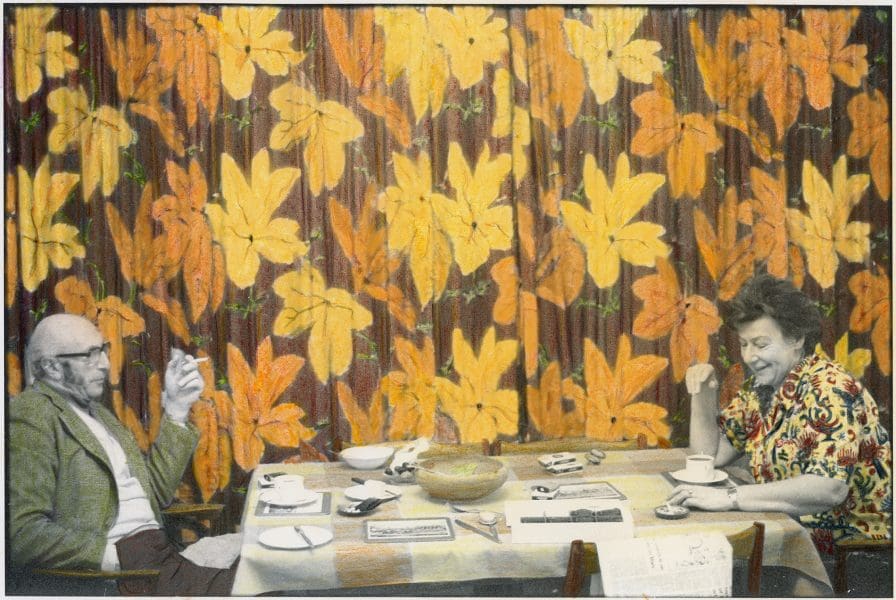
Ruth Maddison, My parents gave me a colourful life (1976), inkjet pint on rag paper, 2020.
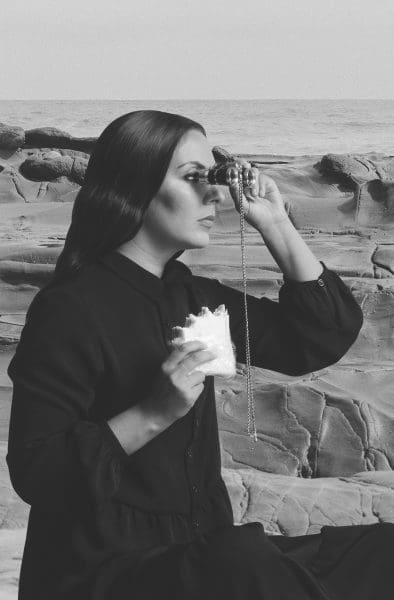
Hayley Millar-Baker, Detail from I Will Survive, 68x90cm, inkjet print on cotton rag paper.
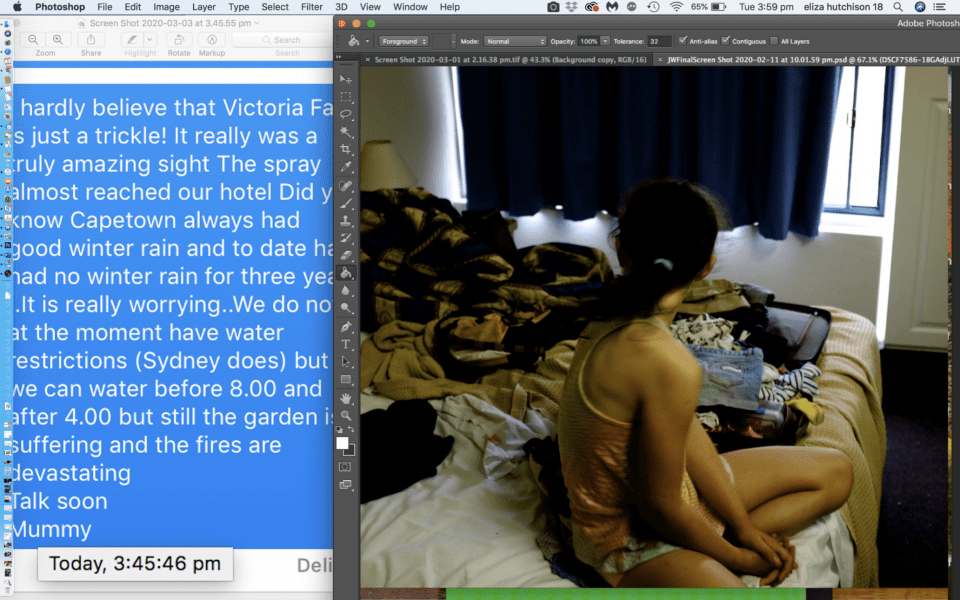
Eliza Hutchison, Just wanted you to know, 2020-21.

Georgina Cue, Orpheus.
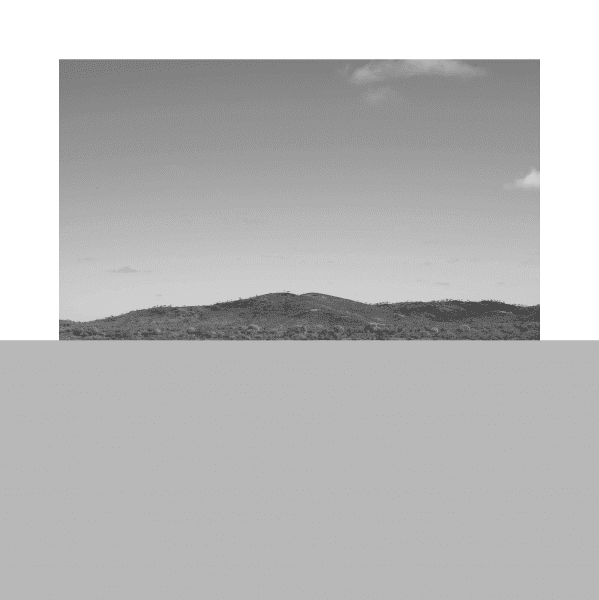
James Tylor, Economics of Minerals #8 2020, Silver Vinyl on photographic paper, 100x100cm.
For most of its history the reputation of the photographic image as truthful and trustworthy remained largely unquestioned. The advent of Photoshop in 1990 changed that, and the more recent proliferation of internet ‘deepfakes’ has further shaken our faith. Although image manipulation and photographic editing have been possible – and an inherent part of the practice – since the very early days of the medium, the veracity of the image has never been questioned as much as it is today.
Melbourne’s biennial international festival of photography, PHOTO 2021, tackles this idea head-on with the central theme ‘the truth.’ “Against the backdrop of fake news and this post-truth era, the relationship between photography and truth is more complex and perhaps interesting than ever,” says festival artistic director Elias Redstone.
This tension is especially acute in reportage and documentary photography, which have historically been seen as neutral, objective and apolitical. But in reality, the creation of any image is subjective, just as its reading and understanding is inherently subjective.
The American photographer, curator and historian John Szarkowski said in his introduction to William Eggleston’s 1976 book of colour photographs, Guide, that photography is “a system of visual editing.” Whether it’s in framing the subject matter or narrative, or in retouching and manipulating the imagery itself, a photographer is always editing. “Like chess, or writing, it is a matter of choosing from among given possibilities,” he wrote. “But in the case of photography the number of possibilities is not finite but infinite.”
“‘The truth’ was such an important theme to launch this new biennial with,” Redstone says. “It has always been a complex issue within photography, since the dawn of the medium. And with documentary photography [in particular], people believe images to be factual; to be evidence of activity of life. But it’s much more complicated than that.”
It is appropriate then that PHOTO 2021’s headline exhibition is Not Standing Still: New Approaches in Documentary Photography, at the Monash Gallery of Art (MGA). Curated by Daniel Boetker-Smith, Pippa Milne and Gareth Syvret, it brings together some of the most boundary-pushing documentary photographers working in Australia and abroad today.

Included are photographs of North Korea by Belgian photographer Max Pinckers from his Red Ink series, originally taken on assignment for the New Yorker; Indian collaborative duo Gauri Gill and Rajesh Vangad’s series Fields of Sight, a merging of two studies of the small town Ganjad in India; Dutch photographer Dana Lixenberg’s powerful and complex 22-year-long study of the Imperial Courts housing project in Watts, Los Angeles; American Alec Soth’s photographs from Sleeping by the Mississippi; Australian James Tylor’s Whalers, Sealers and Land Stealers, daguerreotype explorations of the frontier conflict between the first Europeans and the Gunditjmara people of the Portland Bay area; and more.
Redstone says it was important to maintain a balance between Australian and international artists across the curatorial program. “First of all, there are some incredible artists here in Australia, but they don’t often have the opportunity to exhibit alongside international peers, and there are also few opportunities for the very best artists and photographers from around the world to display their work in Australia.”

The festival features work by First Nations artists sharing their truths of dispossession of land and culture, as well as of survival, across the program, including Brook Andrew’s installation at Prahran Square, Smash It (featuring footage of the destruction of monuments, old films and news stories interspersed with Andrew’s interviews with Marcia Langton, Wesley Enoch and others); Hayley Millar Baker’s assemblages of landscape photography and self-portraiture I Will Survive at State Library of Victoria and Vivien Anderson Gallery; and Michael Cook’s reimagining of Aboriginal history in new work at Horsham Regional Gallery and a survey exhibition at This is No Fantasy in Fitzroy, to name a few.
Continuing with documentary photography, the Ruth Maddison retrospective It was the best of times, it was the worst of times at the Centre for Contemporary Photography (CCP) features the feminist photographer’s work from 1976 until present day, from her early hand-coloured photographs and her social documentary images of women at work and Australian activism to her documentation of Melbourne’s cultural sphere. There is also a new installation commissioned for the festival called The Fellow Traveller, which explores the political activism of Maddison’s father between 1950 and the 1980s. This installation features photographs he took in Soviet Russia, China and Cuba – trips that invited scrutiny from ASIO.
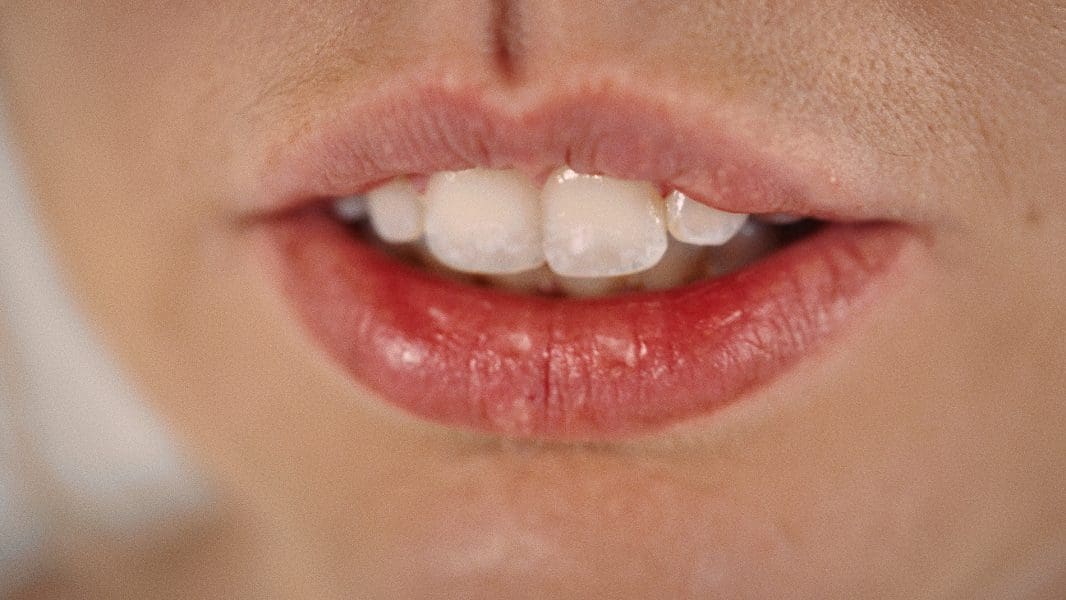
Two significant new commissions at PHOTO 2021 are Tehran-born Melbourne-based Hoda Afshar’s Agonistes and South African-born Melbourne-based Eliza Hutchison’s Just wanted you to know.
Agonistes is a series of portraits of nameless yet identifiable whistle-blowers (including former Australian Army lawyer David McBride) created using 3D-scanning and printing technology. The monochrome portraits, which will be shown outside St Paul’s Cathedral in Melbourne’s CBD, are sombre, haunting and reminiscent of Hellenic busts. An accompanying film will be screened at Missing Persons.
Redstone says Afshar’s Agonistes can be considered an extension of, or the next chapter to, the important work she did on Manus Island, including her 2018 portrait of Behrouz Boochani which won the prestigious Bowness Prize. “It’s a continuation in her interest in how photography is used for documentary, but how it’s also a very critical tool.”
As the festival’s photographer-in-residence at Parliament of Victoria, Eliza Hutchison was given unprecedented access to Parliament, including during sittings. Just wanted you to know is an examination of the role of democracy and its place within wider society today, and in Hutchison’s layered, fragmented recollections of Parliament, she intentionally reveals and obfuscates, leaving us none the wiser.
“This is the first time Parliament has commissioned an artist in this way,” Redstone says, “and Eliza has created this incredible work that really looks at how Parliament and the democratic process is mediated and communicated through the world.” Just wanted you to know will be on display outside the Parliament of Victoria.
PHOTO 2021
18 February – 7 March
Visit photo.org.au for the full program